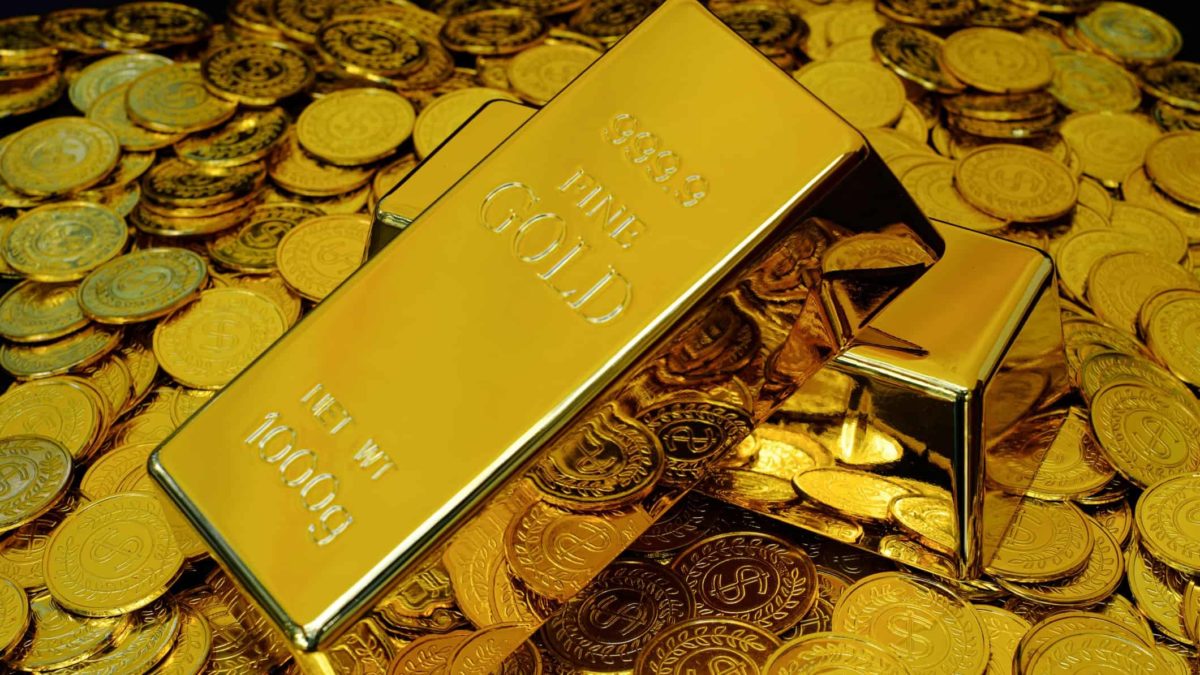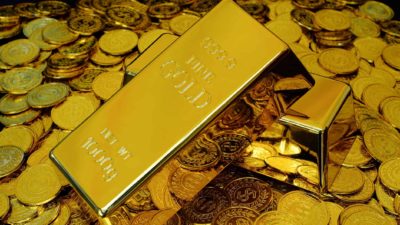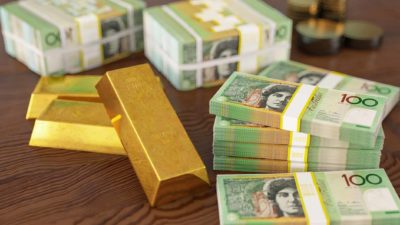That old chunk of yellow metal may not be the most exciting investment, but the gold price has outshined many markets over the last year.
Traditionally used as a safe haven, the precious metal has regained its appeal amid a tumultuous time in the world. Not only are global economies battling with the after tremours of COVID-19 in the form of inflation — there continues to be uncertainty surrounding the Ukraine invasion.
However, as inflation runs rampant, increases in interest rates look more certain and sooner. What does that mean for the gold price?
Kiwi in the coal mine for the gold price
Historically, investors might shy away from gold when interest rates begin to lift. The belief is improving yields in cash and bond markets would persuade would-be gold bugs to another area away from the safe-haven metal.
If that were to be true, then the Reserve Bank of New Zealand (RBNZ) is leading the charge in testing whether rate increases will pull funds out of the commodity.
Across the ditch, New Zealand upped its interest rates by 50 basis points yesterday to 1.5%. Hitting the highest level since June 2019, a time before the inundation of monetary stimulus created by the pandemic.
Yet, the gold price did not balk at the move. Instead, the glimmering commodity pushed forth with its recent march upwards. Since 6 April, the commodity's price has rallied from US$1,925 to its current level of US$1,977, up 2.7%.
We spoke with the head of distribution for ETF Securities Australia, Kanish Chugh, who explained why higher rates may not be the negative influencer investors expect.
It's a very unique moment in terms of when traditional or previous rates rate hike cycles have been, you haven't had this combination of impacts and influences. You haven't had the high inflation prints that are coming out; wage growth in the US; and particularly haven't had that geopolitical Ukraine tension — not only from a geopolitical sense, but then also on the supply side as well, because a fair amount of precious metals comes out of Russia. So, considering all those factors you actually see a bit more of a gold price support.
In addition, Chugh added that the gold price has tended to outperform (in US dollar terms) the likes of the S&P 500 when measured 12 months after the first rate hike.
What are the rate hike expectations in Australia?
As of this week, three of the big four Aussie banks expect the first interest rate increase since 2010 will be handed down in June. The expectation comes as Australia's annual CPI inflation rate hits 3.5%.
Both the Commonwealth Bank of Australia (ASX: CBA) and Westpac Banking Corp (ASX: WBC) suspect there will be five rate rises over the following 6 months. Whereas National Australia Bank Ltd. (ASX: NAB) and Australia and New Zealand Banking Group Ltd (ASX: ANZ) are forecasting four.
Ultimately, how the gold price responds will likely depend on various other factors in addition to rate increases. Especially if investors are concerned that a sudden rate hike could pose the potential for a slowing in economic growth.









